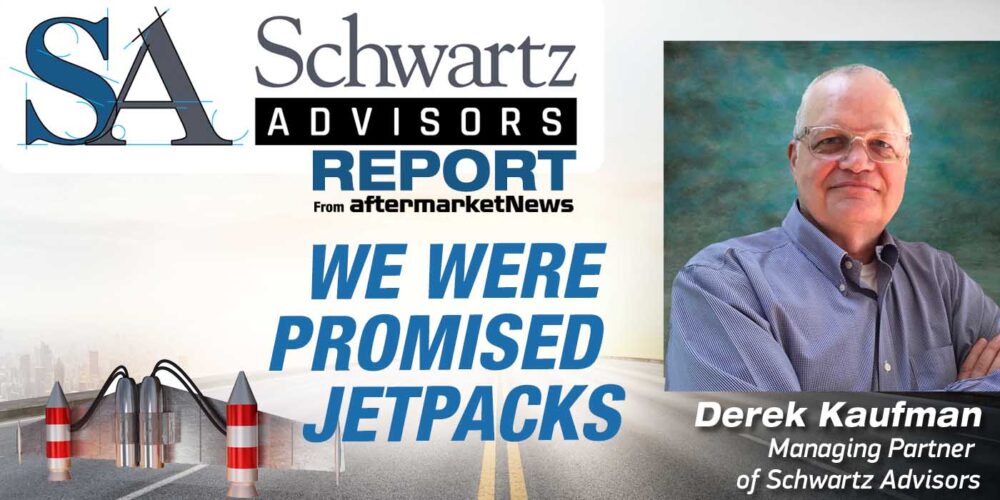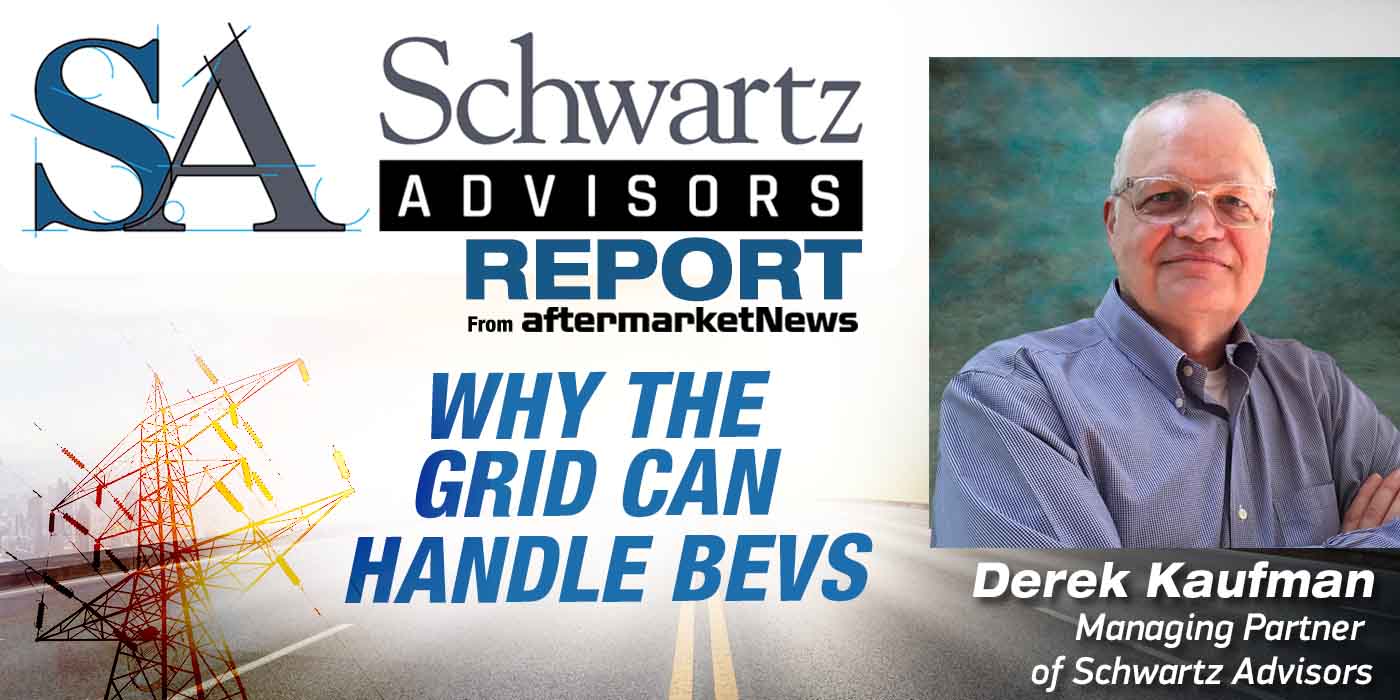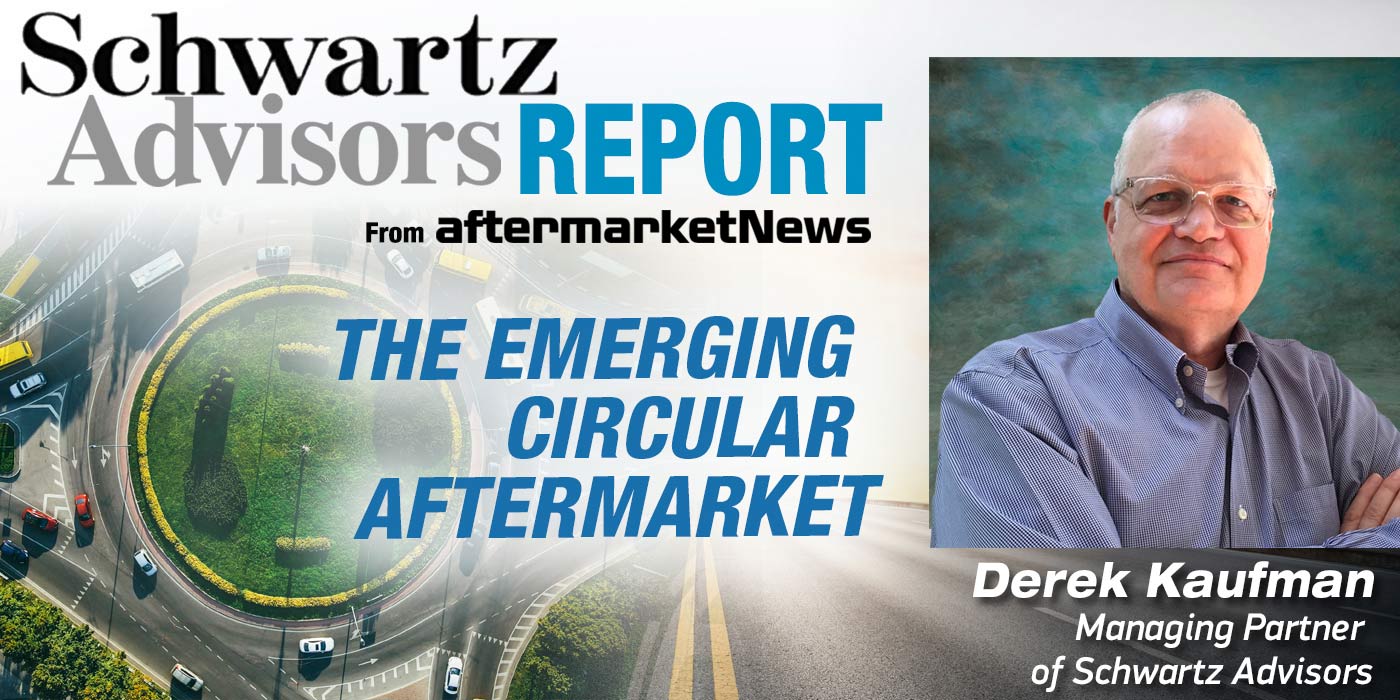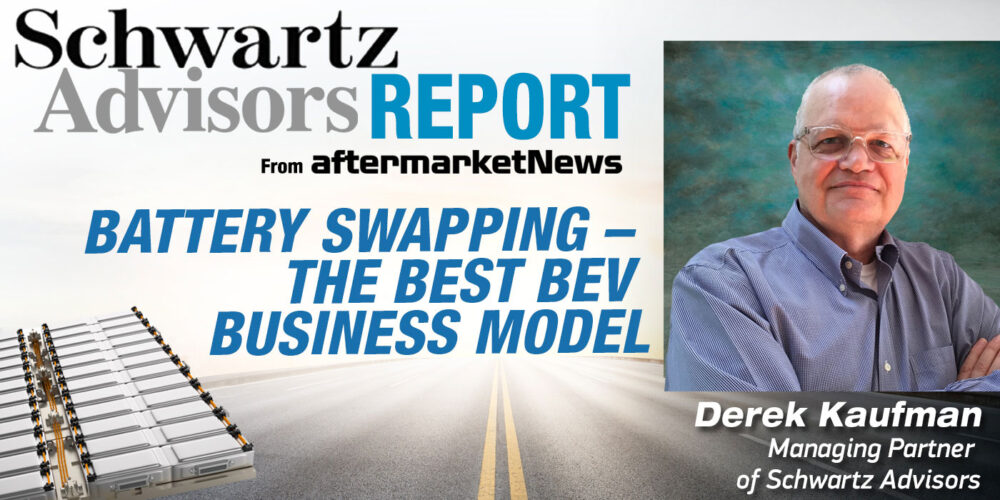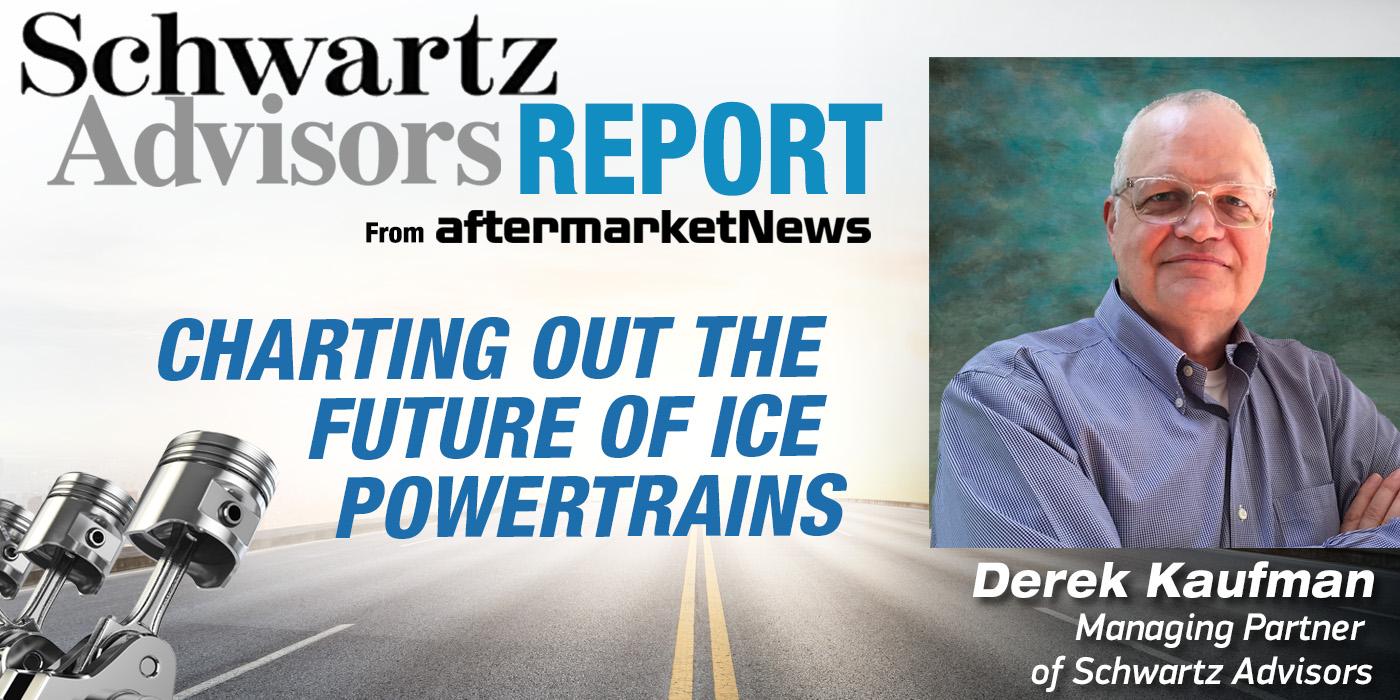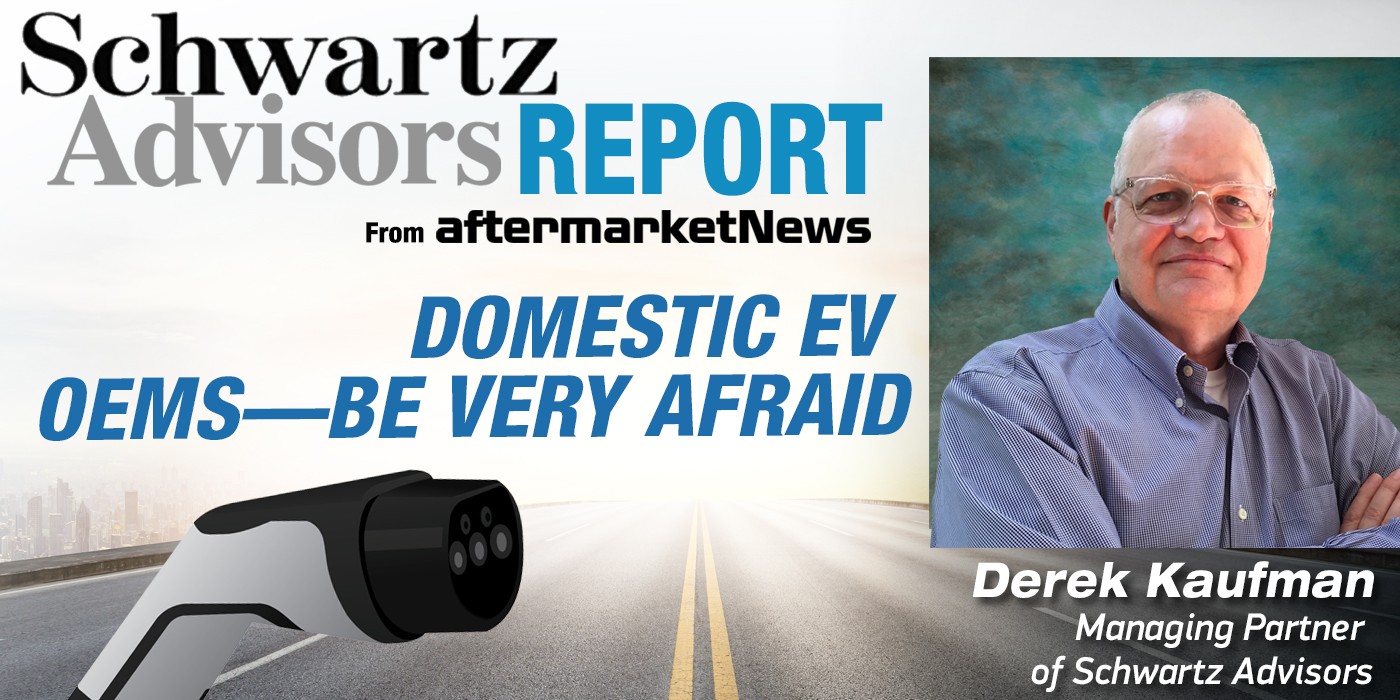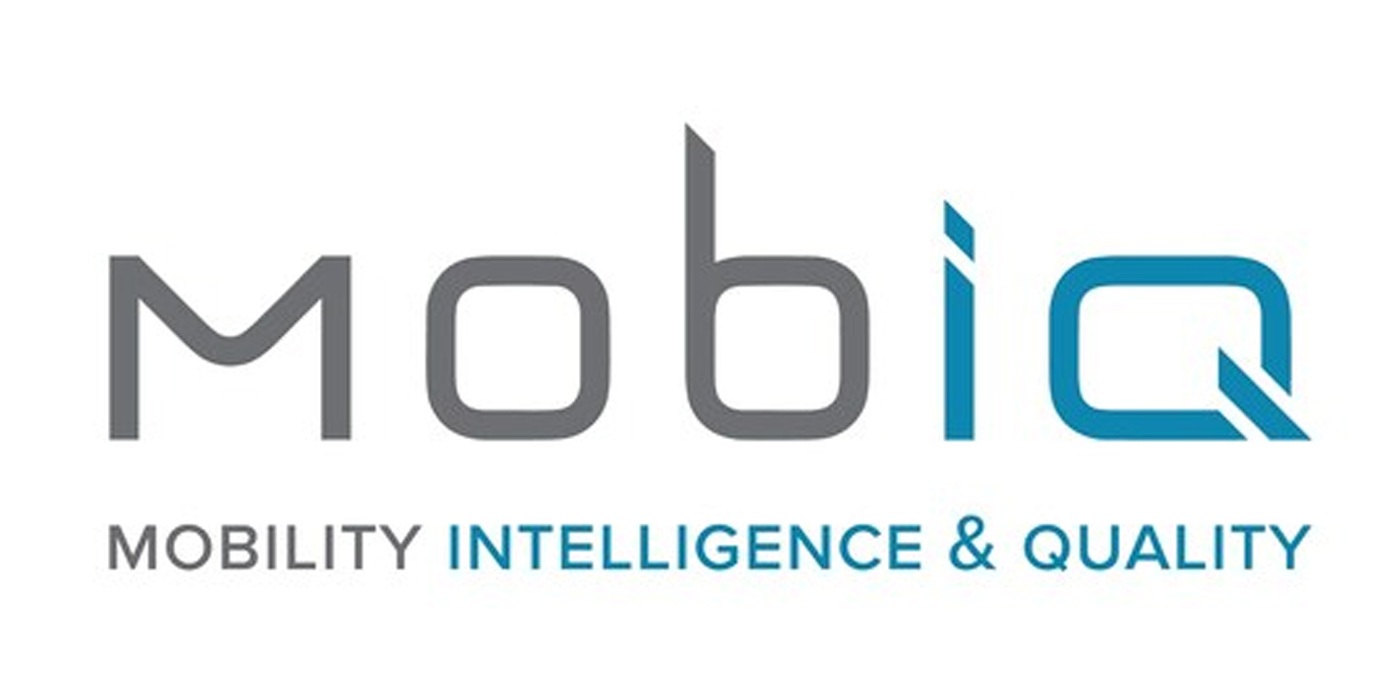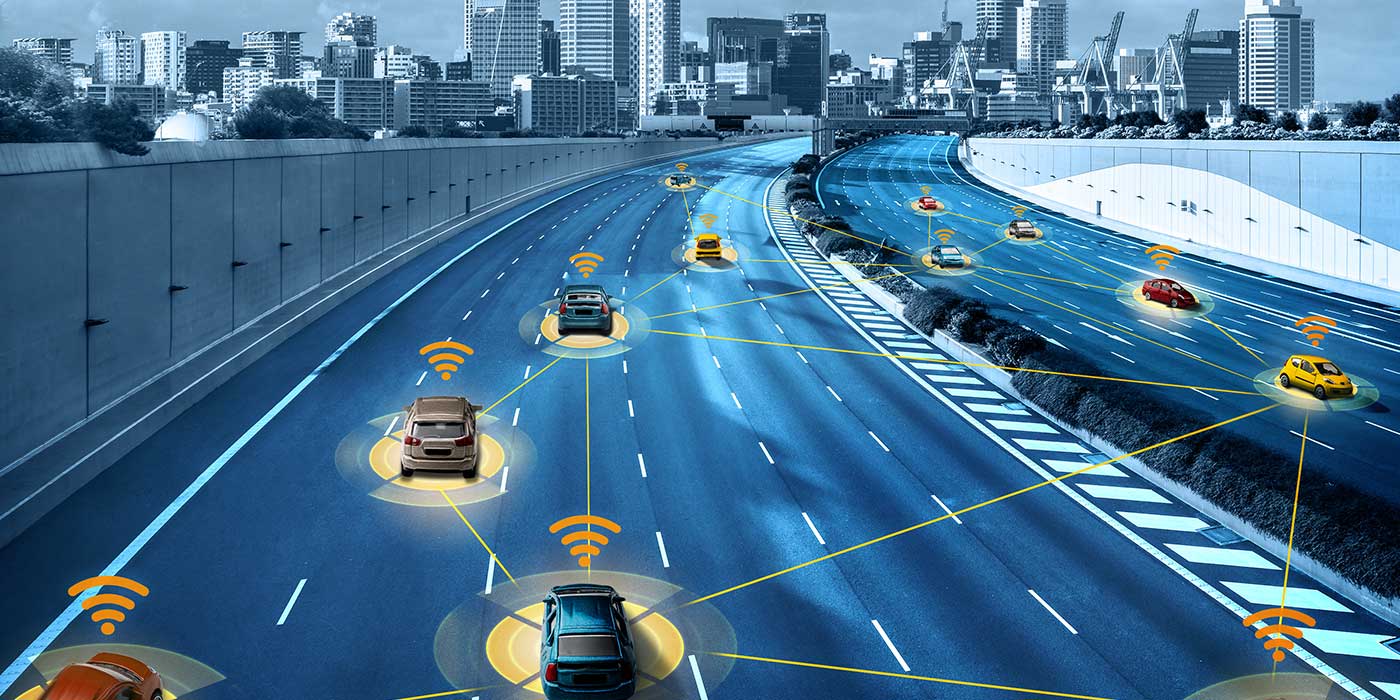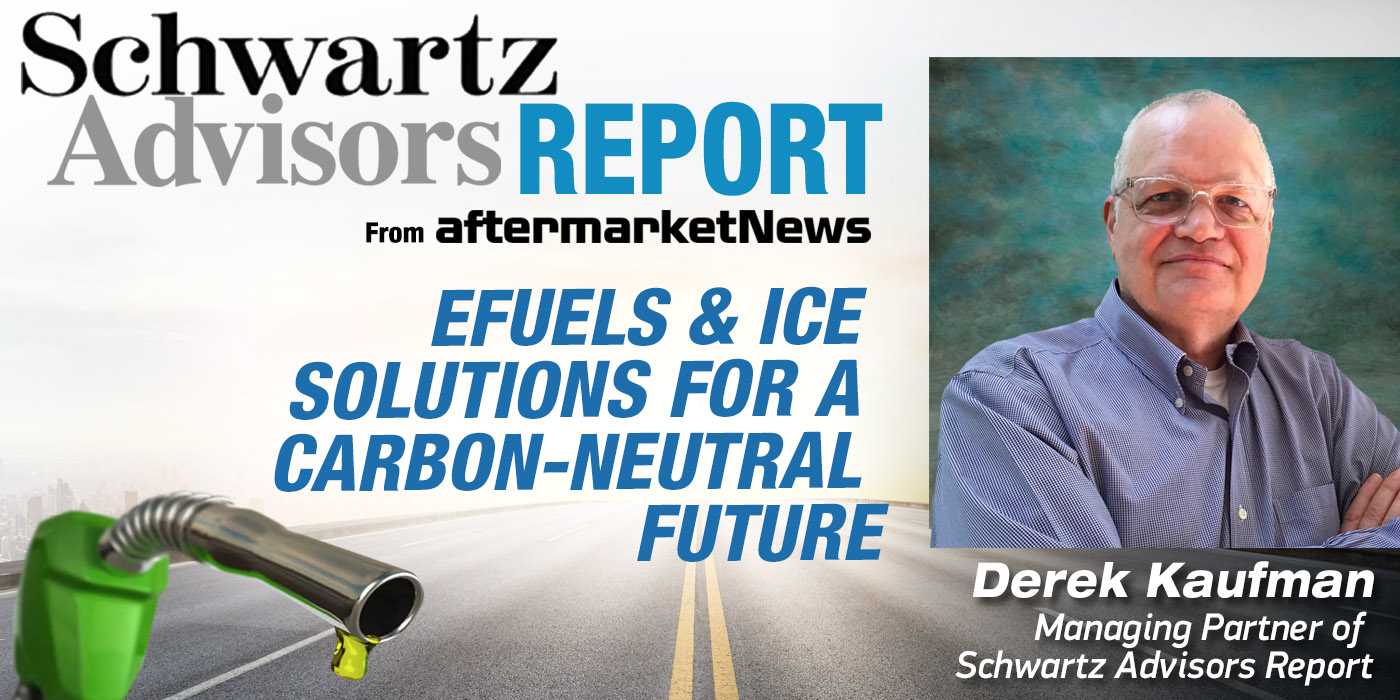As part of its client services, Schwartz Advisors maintains a detailed forecast model of the transition of both light and commercial vehicles to battery electric drive (BEV). We also track early-stage parts and service trends in an effort to give our clients an edge in positioning for the future. I think we have a pretty good track record as “pragmatic futurists” in the Aftermarket, but in this blog, I’ll talk about some of our forecasting failures – things we thought would take the market by storm but never did.
First – about the title. When people in their 30s and 40s hear the words “We Were Promised Jetpacks,” they might think first about the Scottish rock group of that name, but the phrase really goes back to the 1950s when Sci Fi comic books showed people flying around with jetpacks on their backs. We saw them in 1967 at the first Super Bowl. We saw patented content when Igor Dmitrowsky introduced his ”Homo-Avis,” a winged jet-pack he claimed could be built for $15,000, at the 1981 Inventors Expo in New York. In 1985 the jetpack returned to the Super Bowl with an awesome display of personal flying freedom. And then … nothing. We Were Promised Jetpacks and we are still waiting.
Some SA Forecast Faux Pas
Augmented Reality Service Guidance – More than 10 years ago, I was touting augmented reality as the next big thing in vehicle service. I spent time with an AR developer who was building programs to train off-shore oil rig technicians. I followed companies like Peterbilt Trucks and their ARTechÔ iPad service tool that is significantly reducing the time it takes their techs to trace wiring diagrams and diagnose sensor failures. In 2016, I touted Microsoft’s Hololens application for Thyssenkrupp elevator technicians as a perfect combination of AR guidance and online real time support. All along, I have watched the developments by the folks at Real Wear who have perfected near-eye lens viewing.
I know BMW, Bosch and many others have embraced the technology and Ford has implemented See-What-I-See headsets for its dealer technicians, but overall, AR has moved much slower than I anticipated. The complexity of developing AR programs and difficulty of assimilation into shop workflows probably explains the delay, but over time I still see this as a winner for our industry.
ITS, V2V, V2X, DSRC
Over the last 20 years, we have chased the utopia of the Intelligent Transportation System (ITS).
V2V or Vehicle-to-Vehicle connectivity would connect all of the cars on highways to better inform drivers of the traffic conditions around them.
V2X or Vehicle-to-Infrastructure (or Vehicle to Everything) would bring both cloud and physical connectivity (traffic lights, surrounding buildings, pedestrians, etc.) to greatly enhance the overall intelligence of vehicle movement.
DSRC or Digital Short Range Communication would bring signal strength relaying to make connectivity work equally well in both urban and more remote areas.
Lots of governmental and private organizations have spent millions to make the dream a reality with very little to show in return. V2V and DSRC are essentially dead – someone scheduled a party and no one showed up. V2X is rolling out in a completely fragmented fashion that may challenge the Aftermarket’s right to repair more than it helps us keep the new technology up and running.
I sometimes think about the hours spent researching the ITS dream and the hundreds of slides generated trying to keep our clients up to speed on the latest developments. ITS might be my most Jetpackish disappointment.
Truck Platooning
Truck platooning, in which a driver-occupied truck leads a line of semi-autonomous trucks to reduce aerodynamic drag, save fuel and reduce highway congestion, seems like a good way to introduce AV trucks to our highways. Peleton, a leader in the concept, showed that both a lead truck and its follower gain fuel advantages from platooning – the lead truck gaining 4.5% from the drag reduction (much like NASCAR drafting) and the follower gaining 10% simply from running in the slip stream of the truck ahead. Alas, Daimler Trucks killed Peleton and the whole platooning concept when it stated in 2019 that it could not make a business case for the technology. Peleton ceased operations in 2021.
Natural Gas Powertrains in Light Vehicles
Sixty percent of homes in the US are heated by natural gas, and the US is sitting on a 200-year supply of the fuel, so I definitely thought the Phill home CNG compressor by Fuelmaker would see success in the United States. CNG-powered car owners could have the convenience of overnight refueling of their cars combined with the fuel cost savings of natural gas. Honda thought it was a good idea well before I knew about it. They introduced the Civic GX natural gas powertrain back in 1998 and promoted the car through 2015, but it never went mass market.
Imagine that – a super-low emission, 39 mpg powertrain that allows you to bypass the gas station and refuel your commuter car using the same power source as your home. Nah… that will never work.
Inductive BEV On-Road Charging
In 2013, I was including information on the inductive charging of municipal buses in both Utah and South Korea in my technology presentations. It made sense to me that embedding charge plates in each bus stop would provide battery boosts each time the bus stopped to load and unload passengers. I continued to stay current (pardon the pun) with “electric roads” in Sweden and the US using a combination of embedded rail or passive air-gap induction charging. This is one technology I knew would not move quickly – any time you get municipal, state or federal funding involved, bureaucracy slows the adoption and increases the cost.
Going forward, I don’t plan to include the electrified road concept in my US predictions, even knowing that Detroit recently announced a quarter mile inductive charging roadway working with Electreon, an inductive charging expert that is working in several countries to electrify roadways. It cost $6 million and took two years to install that quarter-mile demonstration street in Detroit – it is hard to see how it scales at the state, let alone national level.
The Samsung Safety Truck
I confess to falling too quickly for cool technologies, but the true “one that got away” for me is Samsung’s Safety Truck. The concept attached a forward-facing camera and a projection screen on the tail end of a tractor trailer, effectively making the vehicle “see through” for people following it down the highway. Who hasn’t tailed a semi while constantly sneaking into the oncoming lane to see if you can pass? How many accidents could be prevented if people understood what was developing in front of the truck blocking their view? Samsung’s solution debuted in 2015 but, unfortunately, never went into production. It was ahead of its time… and probably still is.
A Summary
Forecasting automotive technology is a balancing act. You need to be bold enough to risk being wrong and accurate enough to establish peoples’ trust. At Schwartz Advisors, we gladly walk that high wire to help our clients imagine their role in the Aftermarket’s future.

